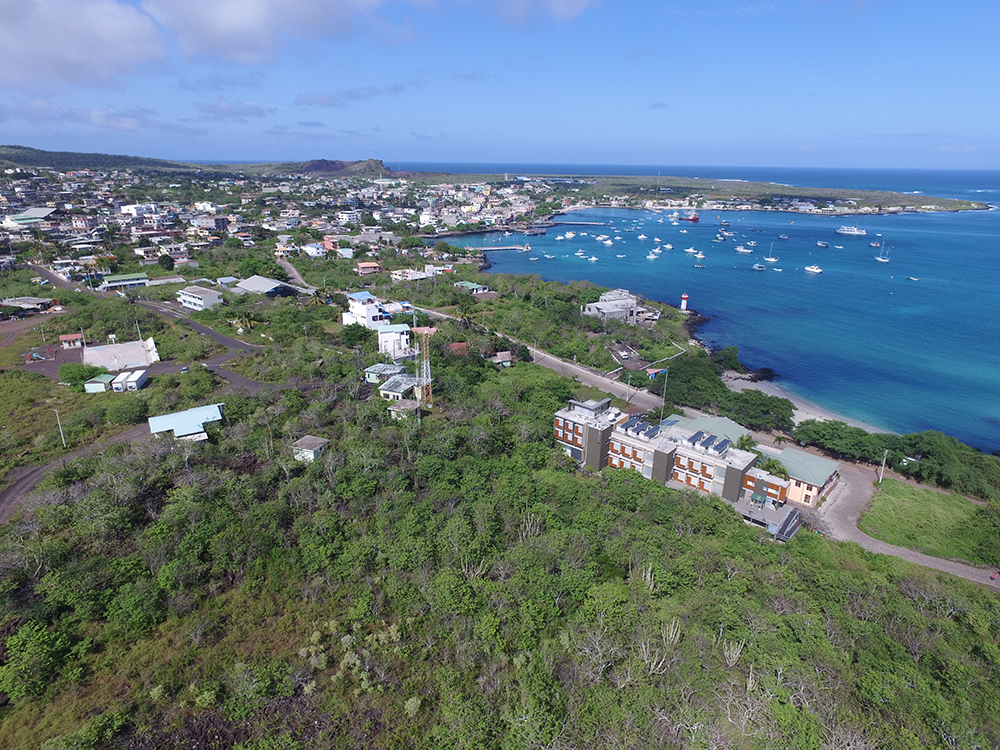Cristina Mateus, Daniela Flor, Christian A. Guerrero, Ximena Córdova, Fátima L. Benitez, René Parra & Valeria Ochoa-Herrera
Resumen
El cambio climático y la contaminación del aire son desafíos críticos que enfrenta la humanidad actualmente. Comprender las fuentes de emisiones liberadas a la atmósfera es de gran importancia para evaluar la huella local, los impactos de las actividades humanas y las oportunidades para desarrollar e implementar soluciones para mitigar las emisiones y adaptarse al cambio climático, particularmente en lugares vulnerables como las Islas Galápagos. En este estudio, presentamos un inventario de emisiones antropogénicas para las islas Santa Cruz, San Cristóbal e Isabela en el que se mapearon espacialmente las emisiones de gases de efecto invernadero (GEI) y contaminantes primarios (PP). Se estimaron las emisiones para los sectores de fuentes fijas de energía, fuentes móviles de energía, residuos y otros, y se distribuyeron espacialmente las emisiones para 2019 junto con una evaluación de incertidumbre. Los resultados demostraron que las fuentes móviles de energía que son el transporte aéreo, terrestre y marítimo generaron las emisiones más significativas en las Islas Galápagos en términos de PP y GEI. De hecho, el transporte marítimo fue el más alto en 2019, con el 41% de las emisiones totales de CO2 para Galápagos, siendo los PP más predominantes los NOx y CO. El transporte aéreo constituyó el 36% de las emisiones y la generación de electricidad contribuyó con el 15%. Las emisiones de residuos y otros sectores comprenden un porcentaje menor en relación con el resto de sectores emisores. Estos resultados destacan la fuerte dependencia de las islas de los combustibles fósiles para el transporte y la generación de electricidad. Se discuten alternativas para mitigar y reducir las emisiones de las islas. Este inventario de emisiones mapeado espacialmente para las Islas Galápagos representa una poderosa herramienta para tomar decisiones informadas para contribuir a la sostenibilidad a largo plazo del archipiélago.
Conoce más aquí.






